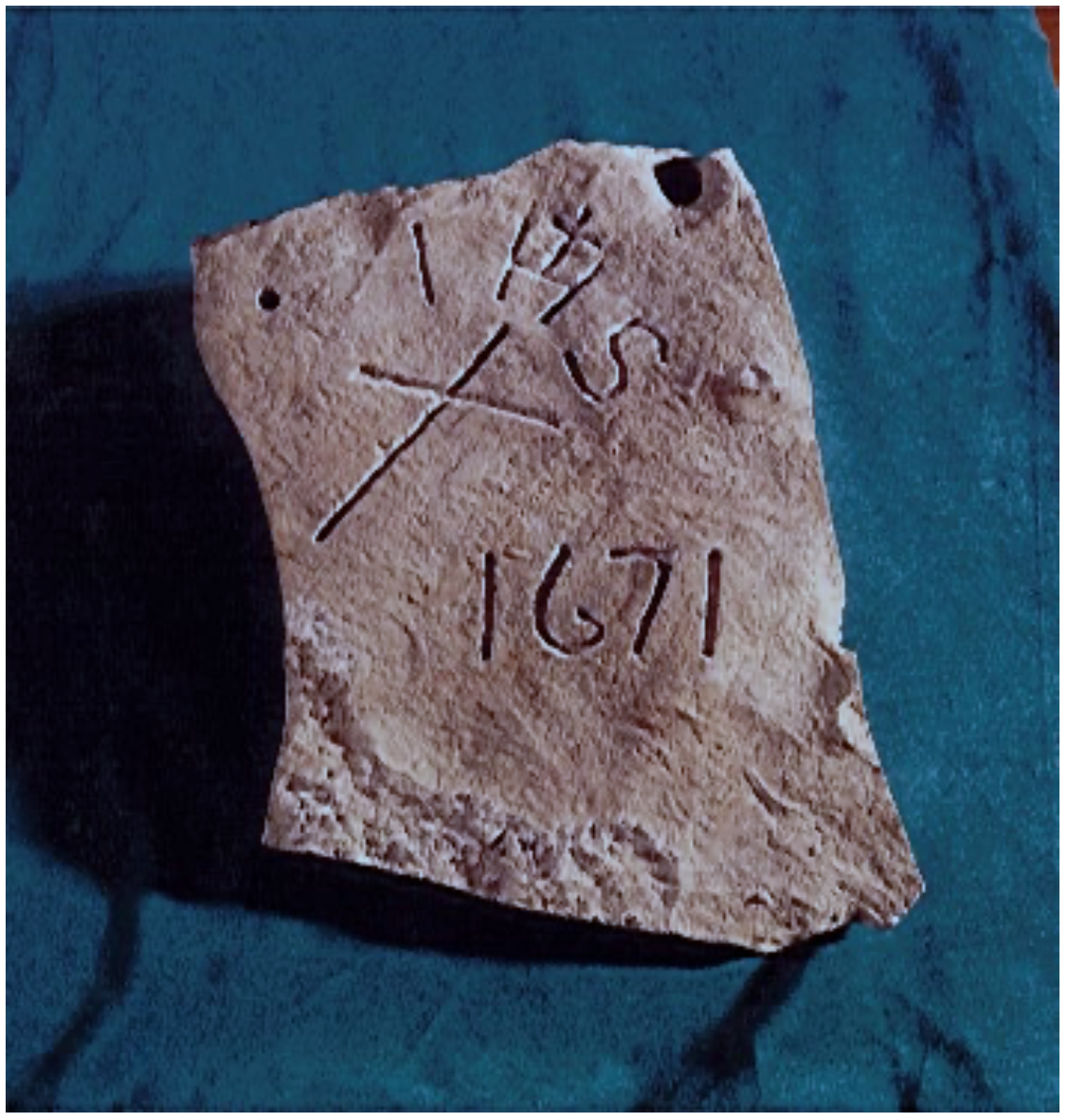Taming the Upper Mississippi, Chapter 1: Famous French explorer may have been in Quincy area around 1670

EDITOR’S NOTE: Muddy River News has received permission to reprint reviews and chapters from the book, “Taming the Upper Mississippi: My Turn at Watch, 1935-1999,” written by Janice Petterchak. The book reflects on flood protection, navigation and the environment on the upper Mississippi River through the eyes of Quincy engineer William H. Klingner.
Are you interested in the history of the Upper Mississippi River and how Quincy played an important part?
Learn how French explorer Robert Cavelier, Sieur de La Salle may have been in the Quincy area in early 1670, based on the discovery of the Ellington Stone near what is now 36th and Koch’s Lane. The stone is dated 1671 and predates Joliet and Marquette, potentially rewriting history.
Learn how Abraham Lincoln, as an Illinois Congressmen in 1848, first called out how navigation on the Mississippi is of national interest. In a speech before the U.S. House of Representatives, Lincoln addressed the controversy of “general” improvements for “local” or partial benefits.
The “most general object I can think of would be the improvements on the Mississippi River and its tributaries,” he said. “Nothing is so local as not to be of some general benefit … the driving a pirate from the track of commerce on the broad ocean, and the removing a snag from its narrower path in the Mississippi, cannot, I think, be distinguished in principle. Each is done to save life and property.”
As you read this book, it is clear this controversy is still with us today.
Previous Chapters
Miss Clipping Out Stories to Save for Later?
Click the Purchase Story button below to order a print of this story. We will print it for you on matte photo paper to keep forever.

